

Genuine Megalodon Shark Tooth in Display Box (210 grams)
Megalodon was a prehistoric shark that may have been 50 feet long or more, two or three times as long as the Great White Shark! Just like modern sh...
View full details

 Save Liquid error (snippets/product-badge line 34): Computation results in '-Infinity'%
Save Liquid error (snippets/product-badge line 34): Computation results in '-Infinity'%
Megalodon was a prehistoric shark that may have been 50 feet long or more, two or three times as long as the Great White Shark! Just like modern sh...
View full details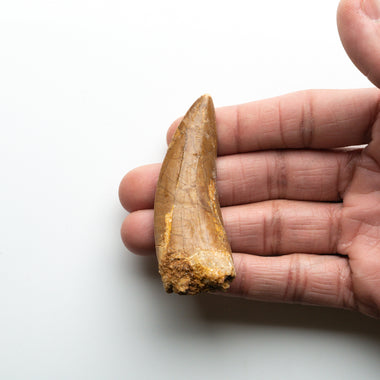
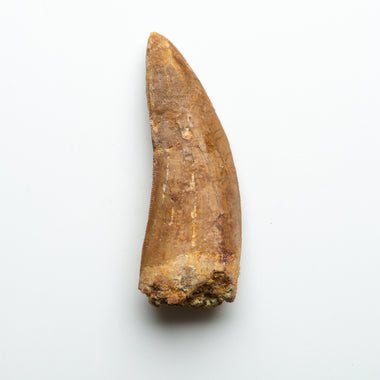 Save Liquid error (snippets/product-badge line 34): Computation results in '-Infinity'%
Save Liquid error (snippets/product-badge line 34): Computation results in '-Infinity'%
Carcharodontosaurus (Dinosaur) tooth in a glass display box From Tegana Formation, North Africa. Cretaceous Age 65 million years Carcharodontosauru...
View full details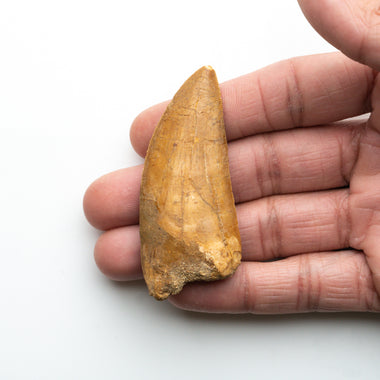
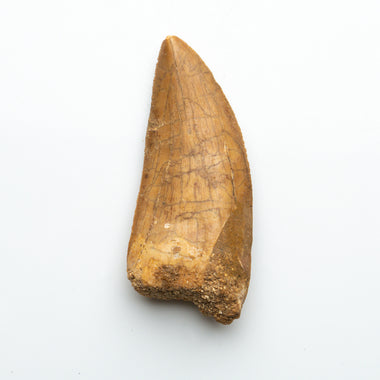 Save Liquid error (snippets/product-badge line 34): Computation results in '-Infinity'%
Save Liquid error (snippets/product-badge line 34): Computation results in '-Infinity'%
Carcharodontosaurus (Dinosaur) tooth in a glass display box From Tegana Formation, North Africa. Cretaceous Age 65 million years Carcharodontosauru...
View full details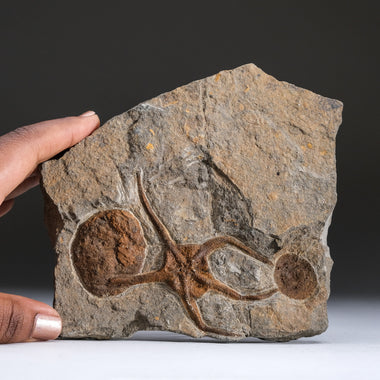
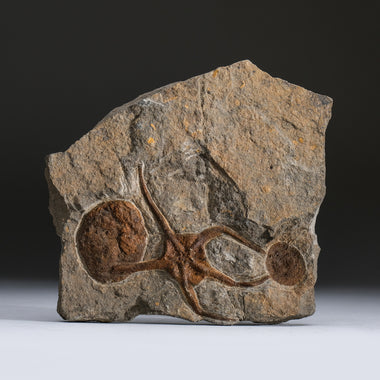 Save Liquid error (snippets/product-badge line 34): Computation results in '-Infinity'%
Save Liquid error (snippets/product-badge line 34): Computation results in '-Infinity'%
Brittle stars or ophiuroids are echinoderms in the class Ophiuroidea closely related to starfish. They crawl across the sea floor using their flexi...
View full details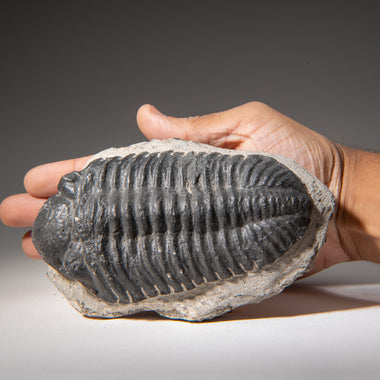
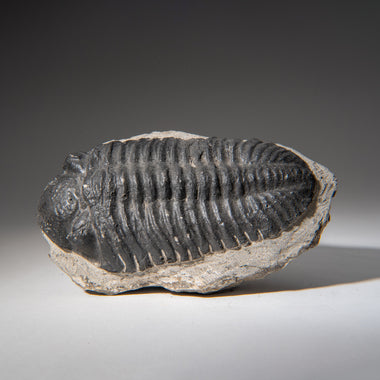 Save Liquid error (snippets/product-badge line 34): Computation results in '-Infinity'%
Save Liquid error (snippets/product-badge line 34): Computation results in '-Infinity'%
Large, natural cluster of trilobite in its original fossil matrix. The Asaphid trilobites include some of the most extreme trilobite adaptations kn...
View full details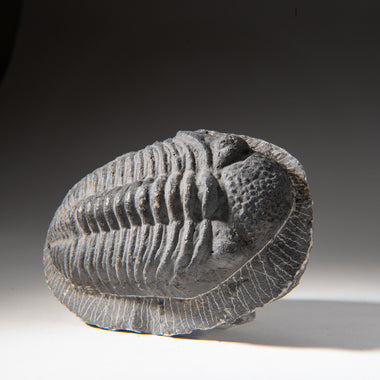
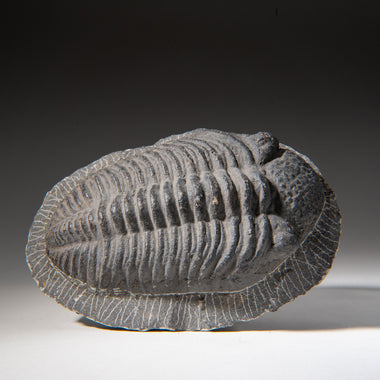 Save Liquid error (snippets/product-badge line 34): Computation results in '-Infinity'%
Save Liquid error (snippets/product-badge line 34): Computation results in '-Infinity'%
Large, natural cluster of trilobite in its original fossil matrix. The Asaphid trilobites include some of the most extreme trilobite adaptations kn...
View full details
 Save Liquid error (snippets/product-badge line 34): Computation results in '-Infinity'%
Save Liquid error (snippets/product-badge line 34): Computation results in '-Infinity'%
Megalodon was a prehistoric shark that may have been 50 feet long or more, two or three times as long as the Great White Shark! Just like modern sh...
View full details
 Save Liquid error (snippets/product-badge line 34): Computation results in '-Infinity'%
Save Liquid error (snippets/product-badge line 34): Computation results in '-Infinity'%
Megalodon was a prehistoric shark that may have been 50 feet long or more, two or three times as long as the Great White Shark! Just like modern sh...
View full details
 Save Liquid error (snippets/product-badge line 34): Computation results in '-Infinity'%
Save Liquid error (snippets/product-badge line 34): Computation results in '-Infinity'%
Trilobites, an early arthropod relative of spiders, horseshoe crabs, and scorpions, preserved in this level of detail only occurred as a result of ...
View full details
 Save Liquid error (snippets/product-badge line 34): Computation results in '-Infinity'%
Save Liquid error (snippets/product-badge line 34): Computation results in '-Infinity'%
Trilobites, an early arthropod relative of spiders, horseshoe crabs, and scorpions, preserved in this level of detail only occurred as a result of ...
View full details
 Save Liquid error (snippets/product-badge line 34): Computation results in '-Infinity'%
Save Liquid error (snippets/product-badge line 34): Computation results in '-Infinity'%
Brittle stars, or ophiuroids, are echinoderms in the class Ophiuroidea, closely related to starfish. They crawl across the sea floor using their fl...
View full details
 Save Liquid error (snippets/product-badge line 34): Computation results in '-Infinity'%
Save Liquid error (snippets/product-badge line 34): Computation results in '-Infinity'%
Brittle stars, or ophiuroids, are echinoderms in the class Ophiuroidea, closely related to starfish. They crawl across the sea floor using their fl...
View full details
 Save Liquid error (snippets/product-badge line 34): Computation results in '-Infinity'%
Save Liquid error (snippets/product-badge line 34): Computation results in '-Infinity'%
Brittle stars, or ophiuroids, are echinoderms in the class Ophiuroidea, closely related to starfish. They crawl across the sea floor using their fl...
View full details
 Save Liquid error (snippets/product-badge line 34): Computation results in '-Infinity'%
Save Liquid error (snippets/product-badge line 34): Computation results in '-Infinity'%
Kolihapeltis chlupaci hollardi is a rare, spiny trilobite fossil, a member of the Order Corynexochida and Family Scutellidae, found in the Lhandar ...
View full details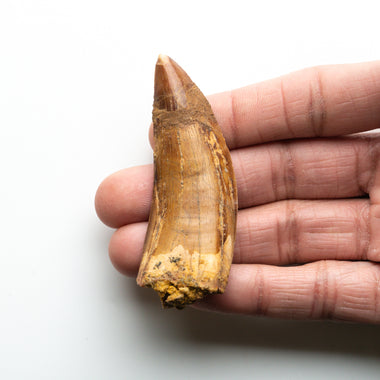
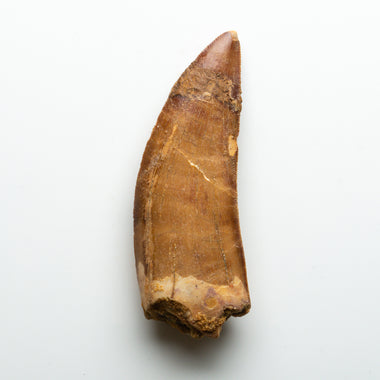 Save Liquid error (snippets/product-badge line 34): Computation results in '-Infinity'%
Save Liquid error (snippets/product-badge line 34): Computation results in '-Infinity'%
Carcharodontosaurus (Dinosaur) tooth in a glass display box From Tegana Formation, North Africa. Cretaceous Age 65 million years Carcharodontosauru...
View full details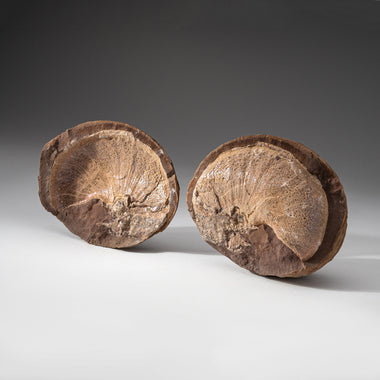
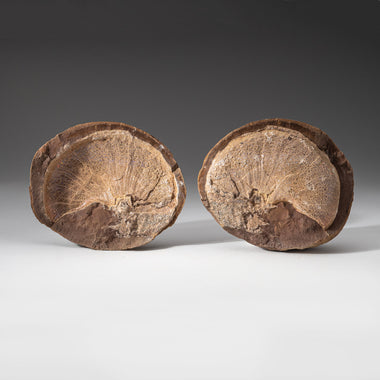 Save Liquid error (snippets/product-badge line 34): Computation results in '-Infinity'%
Save Liquid error (snippets/product-badge line 34): Computation results in '-Infinity'%
Extremely unique ammonite fossil exposing positive and negative with its original matrix. It displays a brilliant opalescence of pink and purple....
View full details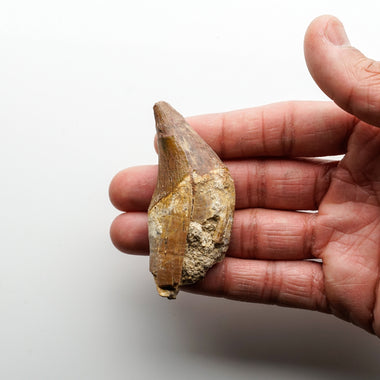
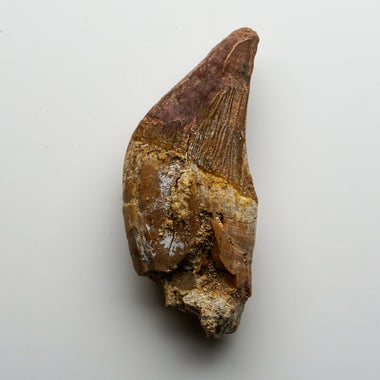 Save Liquid error (snippets/product-badge line 34): Computation results in '-Infinity'%
Save Liquid error (snippets/product-badge line 34): Computation results in '-Infinity'%
This well preserved tooth is 40 to 34 million years old from the Late Eocene Period. Basilosaurus was first thought to be a reptile but was later i...
View full details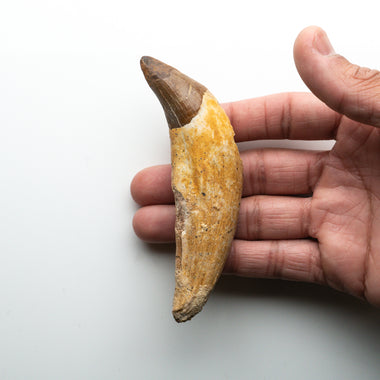
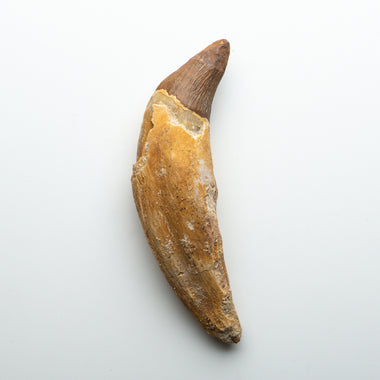 Save Liquid error (snippets/product-badge line 34): Computation results in '-Infinity'%
Save Liquid error (snippets/product-badge line 34): Computation results in '-Infinity'%
Genuine Spinosaurus (Dinosaur) tooth. Spinosaurus (meaning "spine lizard") is a genus of theropod dinosaur that lived in what now is North Africa, ...
View full details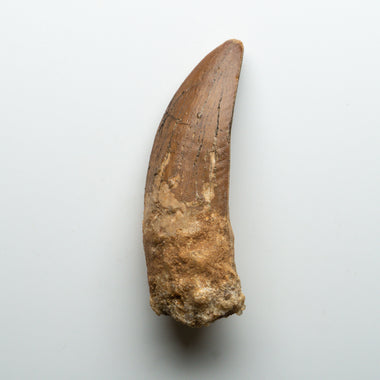
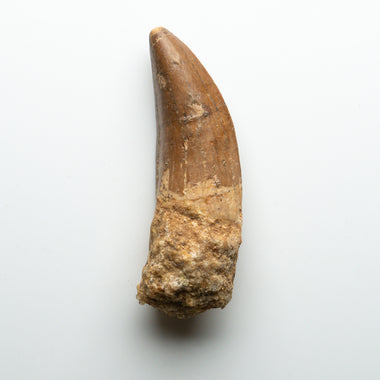 Save Liquid error (snippets/product-badge line 34): Computation results in '-Infinity'%
Save Liquid error (snippets/product-badge line 34): Computation results in '-Infinity'%
Carcharodontosaurus (Dinosaur) tooth in a glass display box From Tegana Formation, North Africa. Cretaceous Age 65 million years Carcharodontosauru...
View full details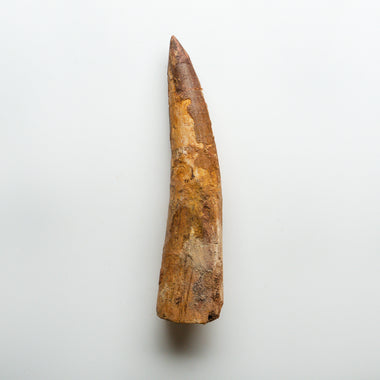
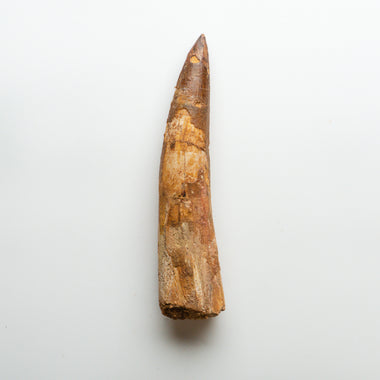 Save Liquid error (snippets/product-badge line 34): Computation results in '-Infinity'%
Save Liquid error (snippets/product-badge line 34): Computation results in '-Infinity'%
Spinosaurus (meaning "spine lizard") is a genus of theropod dinosaur that lived in what now is North Africa, during the upper Albian to upper Turon...
View full details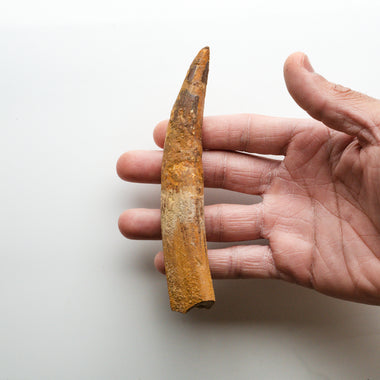
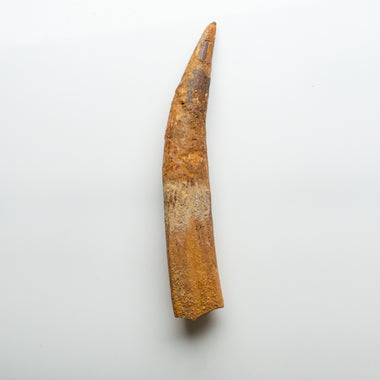 Save Liquid error (snippets/product-badge line 34): Computation results in '-Infinity'%
Save Liquid error (snippets/product-badge line 34): Computation results in '-Infinity'%
Spinosaurus (meaning "spine lizard") is a genus of theropod dinosaur that lived in what now is North Africa, during the upper Albian to upper Turon...
View full details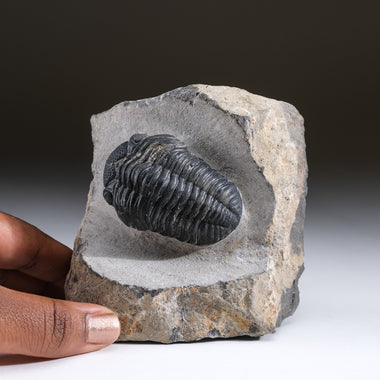
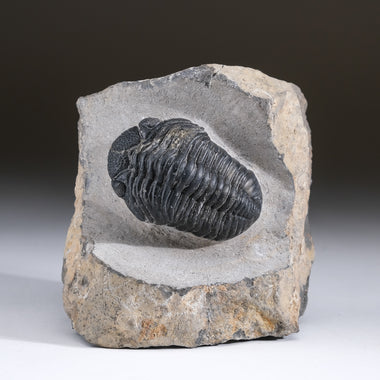 Save Liquid error (snippets/product-badge line 34): Computation results in '-Infinity'%
Save Liquid error (snippets/product-badge line 34): Computation results in '-Infinity'%
Trilobites, an early arthropod relative of spiders, horseshoe crabs, and scorpions, preserved in this level of detail only occurred as a result of ...
View full details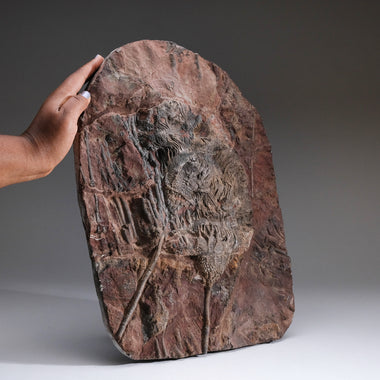
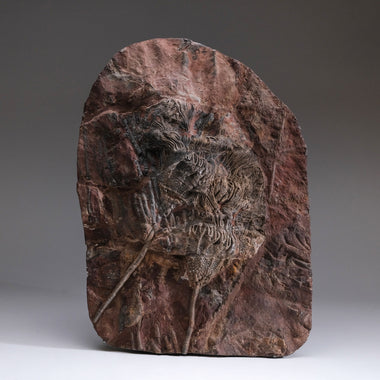 Save Liquid error (snippets/product-badge line 34): Computation results in '-Infinity'%
Save Liquid error (snippets/product-badge line 34): Computation results in '-Infinity'%
Crinoids, also known as sea lilies, are members of the Echinodermata phylum along with starfish and sea urchins. This well preserved sea fossil is ...
View full details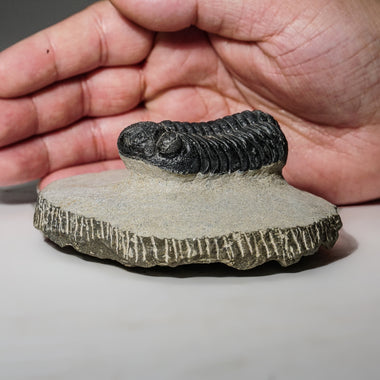
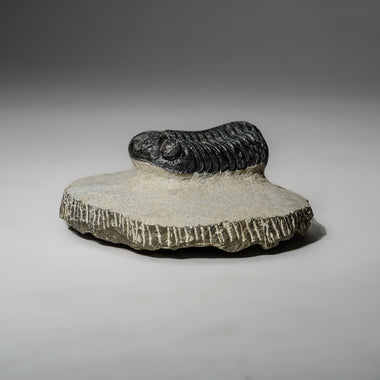 Save Liquid error (snippets/product-badge line 34): Computation results in '-Infinity'%
Save Liquid error (snippets/product-badge line 34): Computation results in '-Infinity'%
Large, natural trilobite in its original fossil matrix. The Asaphid trilobites include some of the most extreme trilobite adaptations known, and ...
View full details
